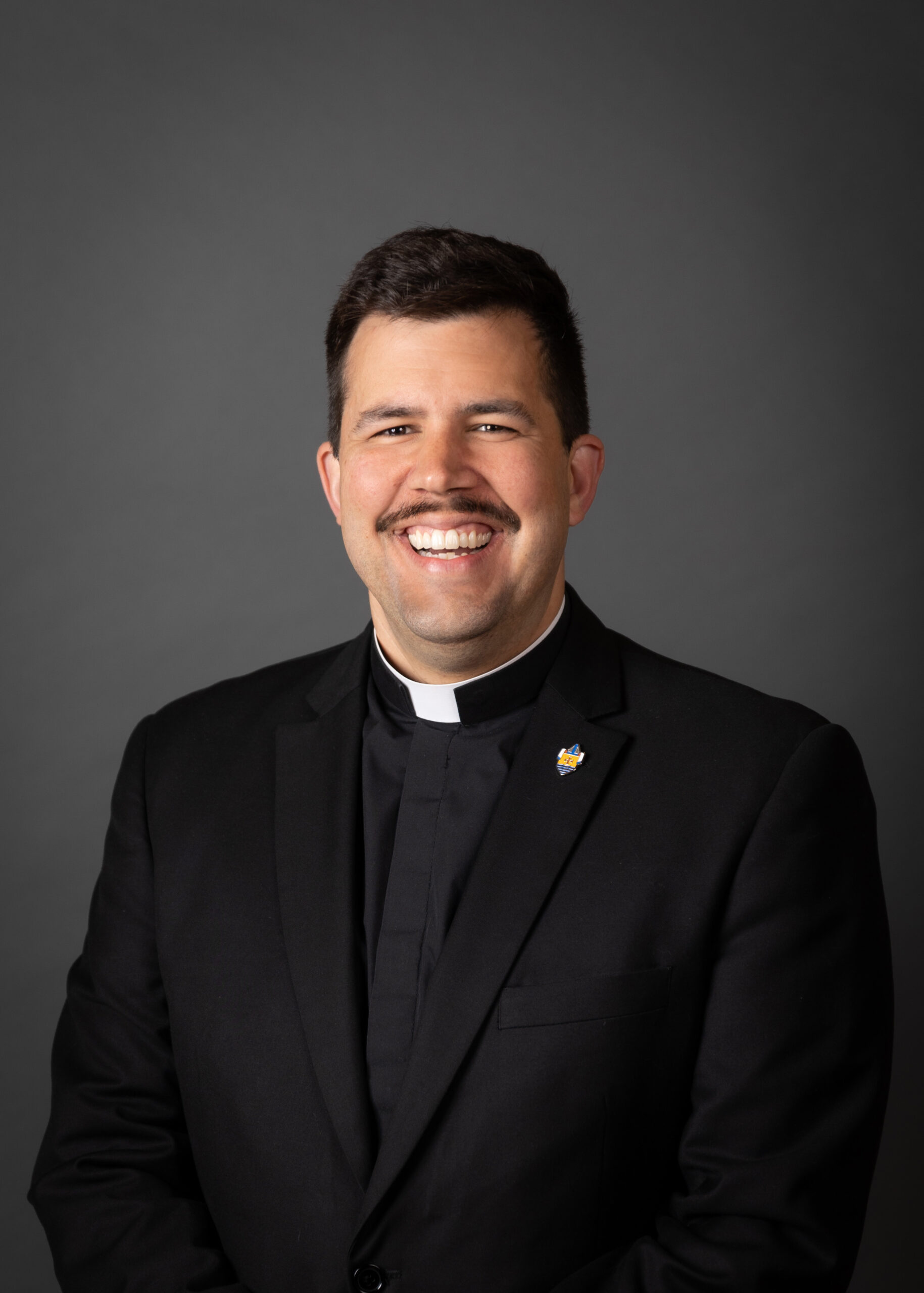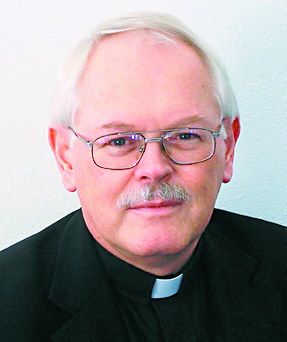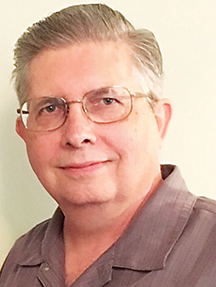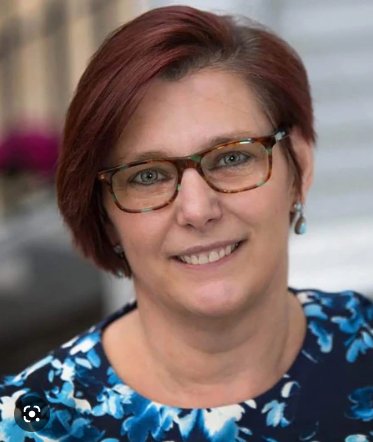FOR THE JOURNEY
By Effie Caldarola
So, a random guy walks into a bar. No, this isn’t the beginning of a joke. For me, it’s a Lenten meditation.
A friend of mine tends bar in a neighborhood tavern. It’s a small place where “regulars” gather. Once, on the rare occasion I visited, I asked for red wine. My friend shook her head. “I wouldn’t order wine here,” she said. Apparently, a bottle of Merlot can sit open for weeks. This is a beer drinker’s haven.
She told me that one night as she stood behind the bar, she was looking at a GoFundMe page for a friend, a young woman diagnosed with very serious cancer. The woman had to quit her job to begin treatment.

A customer my friend didn’t know was sitting at the bar sipping a beer and asked what she was doing. She explained the young woman’s situation. This random guy, a stranger, pulled out two $20 bills and pushed them over to her. Add that to the GoFundMe, he said.
What does this have to do with my Lent? I’ve been thinking about generosity. More specifically, I’ve been pondering spontaneous generosity and what it says about the heart. My heart.
Spring brings two familiar rituals – one, the penitential season of Lent with its many graces. The other, tax season, with its obligations. Although ostensibly very different things, they may intersect at the point where some of us use our charitable donations as deductions.
Tax season holds us hostage to paper, and I’ve carefully recorded the donations my husband and I have made. Again, the intersection: I want a deduction, but I also use this as a time to evaluate my generosity. Were our contributions “enough?” Were they more than last year? Did they reflect our church’s preferential option for the poor? What do they say about our priorities?
But then, a random guy pushes $40 across the bar in a spontaneous act of compassion, and my receipts suddenly seem less important and a bit more calculated. Where, I wonder, is my record of everyday acts of generosity, acts which held no hidden benefit to me except the grace of a God whose generosity is boundless?
I think back to times I’ve failed at spontaneous generosity. I sometimes recall, long ago, a man loitering on the early morning street, me rushing to a coffee shop before a meeting. I had no cash to give him, but later I asked myself why I didn’t offer to buy him a coffee. Maybe a muffin? I had a credit card.
There’s nothing wrong with planned giving. Actually, it’s important. Maybe we tithe, or maybe we choose a sacrifice so that we can give more. In these troubled times, with so many people suffering and even dying because federal contracts to Catholic charities have been frozen, our charitable planning is critical.
But generosity should be a way of life, not just a budget line item. Generosity is stumbling out of bed after a sleepless night and smiling brightly at our family. It’s letting someone else have the last piece of cake. It’s spontaneous compassion on a daily basis, through our time, our words, our resources. Without payback. Just sliding a little cash across the bar.
Did that guy have a sister or mother who struggled with the same cancer? Or did he just have a generous heart? We’ll never know.
People often ask a deacon friend of mine how much they should give, almost as if his answer would justify them. He would always smile and say, “More.” That’s a good daily Lenten mantra. After all, how can we give God less?
(Effie Caldarola is a wife, mom and grandmother who received her master’s degree in pastoral studies from Seattle University.)








